Self-Seeding Perennials For The Garden – Growing Perennials That Self Seed
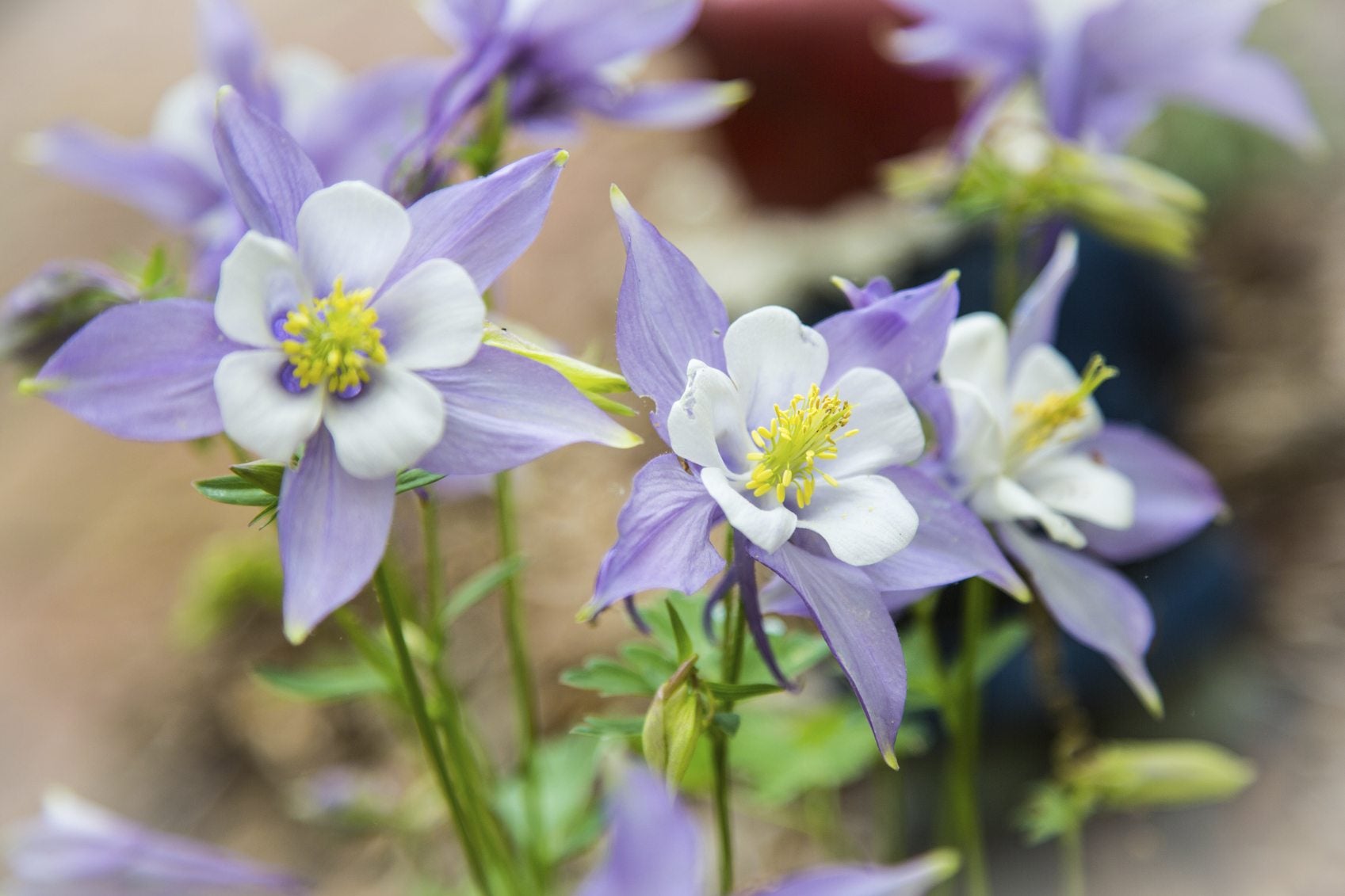

Perennials are dependable flowers that, once planted, live to beautify the landscape for several years. So, exactly what are self-seeding perennials and how are they used in the landscape?
Perennials that self-seed not only regrow from the roots every year but also spread new plants by dropping seeds on the ground at the end of the growing season.
Self-Sowing Perennials for Gardens
Planting perennials that self-seed can be a very good thing if you have an area you want to cover with perennial blooms. However, most self-seeding perennial flowers tend to be a bit aggressive, so plan carefully before you plant.
Here is a list of some of the best self-sowing perennials for gardens, along with their USDA plant hardiness zones.
Sweet William (Dianthus barbatus), zones 3-7
Four o’clock (Miribilis jalapa), zones 8-11
Bachelor buttons (Centaurea montana), zones 3-8
Gardening tips, videos, info and more delivered right to your inbox!
Sign up for the Gardening Know How newsletter today and receive a free copy of our e-book "How to Grow Delicious Tomatoes".
Coreopsis/Tickseed (Coreopsis spp.), zones 4-9
Violet (Viola spp.), zones 6-9
Bellflower (Campanula), zones 4-10
Verbena (Verbena bonariensis), zones 6-9
Columbine (Aquilegia spp.), zones 3-10
Gayfeather/blazing star (Liatris spp.), zones 3-9
Purple coneflower (Echinacea purpurea), zones 3-10
Butterfly weed (Asclepias incarnata), zones 3-8
Growing Self-Seeding Perennial Plants
Be patient, as perennials may need a year or two to get established. However, if you start with the largest plants possible, the plants will be large enough to put on a show much sooner.
Determine the needs of each perennial and plant appropriately. Although most need sun, some benefit from partial shade, especially in hot climates.
Perennials are also relatively accepting of most soil types, but most require well-drained soil. Wildflower mixes are another good source of self-seeding perennial plants. Look for packets of seeds suitable for your growing zone.
Mulch perennials with dry leaves or straw in fall to protect the roots from soil freezing and thawing. Remove the mulch before new growth appears in spring.
An inch or two (2.5-5 cm) of compost or well-rotted manure dug into the soil gets perennials off to a good start. Otherwise, one feeding in spring, using a general-purpose fertilizer, is sufficient for most perennials.

A Credentialed Garden Writer, Mary H. Dyer was with Gardening Know How in the very beginning, publishing articles as early as 2007.
-
 Looking For Plants To Give You The Soft And Fuzzies? Try These 5 Fuzzy Leaf Plant Options
Looking For Plants To Give You The Soft And Fuzzies? Try These 5 Fuzzy Leaf Plant OptionsLovers of texture, drama, silver foliage and tactile plants will adore these special sensory garden additions. These fuzzy leaf plant options will leave you all aglow
By Susan Albert
-
 Get Ready For A Summer Of Hummers! Grow These Full Sun Hummingbird Plants and Flowers
Get Ready For A Summer Of Hummers! Grow These Full Sun Hummingbird Plants and FlowersIf you’re lucky enough to enjoy a sunny backyard, make sure you are maxing out on your pollinator opportunities and grow these full sun hummingbird plants and flowers
By Tonya Barnett
-
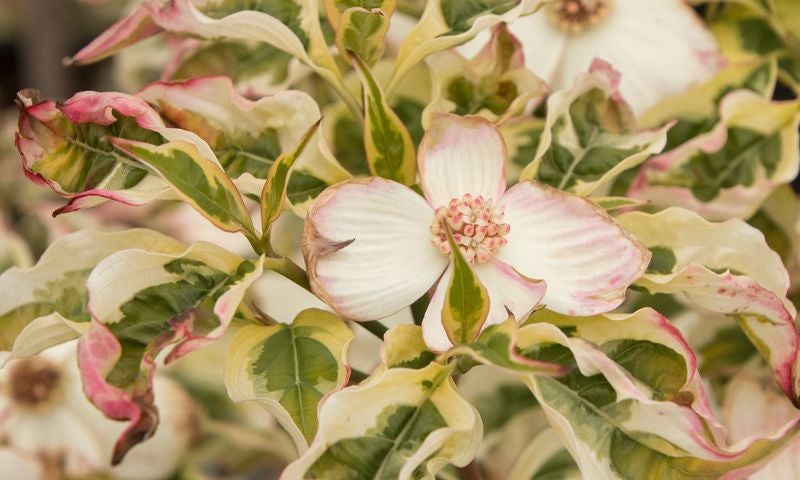 20 Hard-to-Find Spring Flowers & Plants That Look Amazing All Season
20 Hard-to-Find Spring Flowers & Plants That Look Amazing All SeasonIt’s finally beginning to look like spring! If you’re eager to find some unique, hard-to-find varietals to satisfy your spring fever, look here first.
By Caroline Bloomfield
-
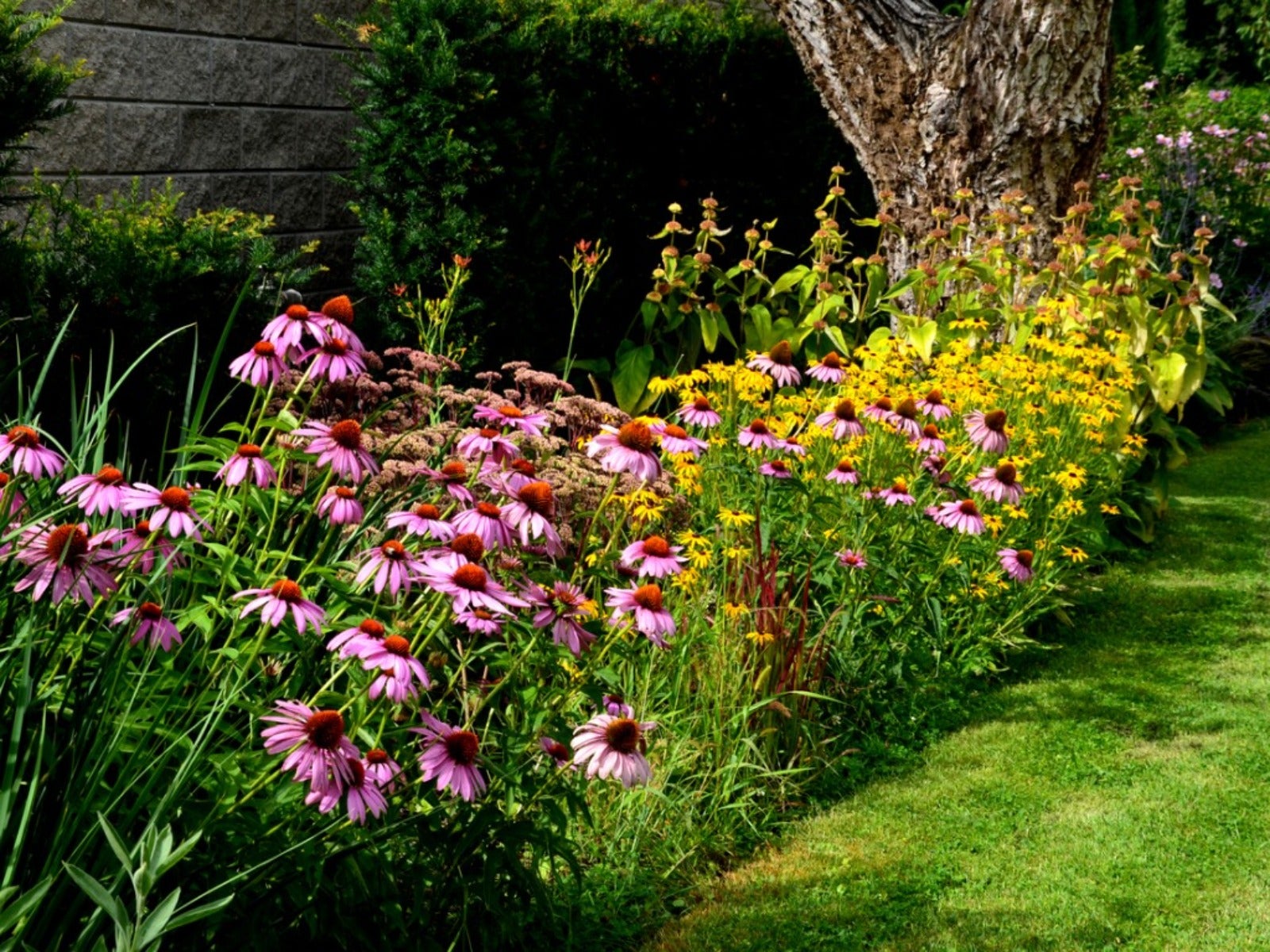 How Wildflower Strips Help Attract Pollinators To Your Yard
How Wildflower Strips Help Attract Pollinators To Your YardIf you have a small garden spot or strip available, fill it with wildflowers for our hungry pollinators. Click to learn more.
By Tonya Barnett
-
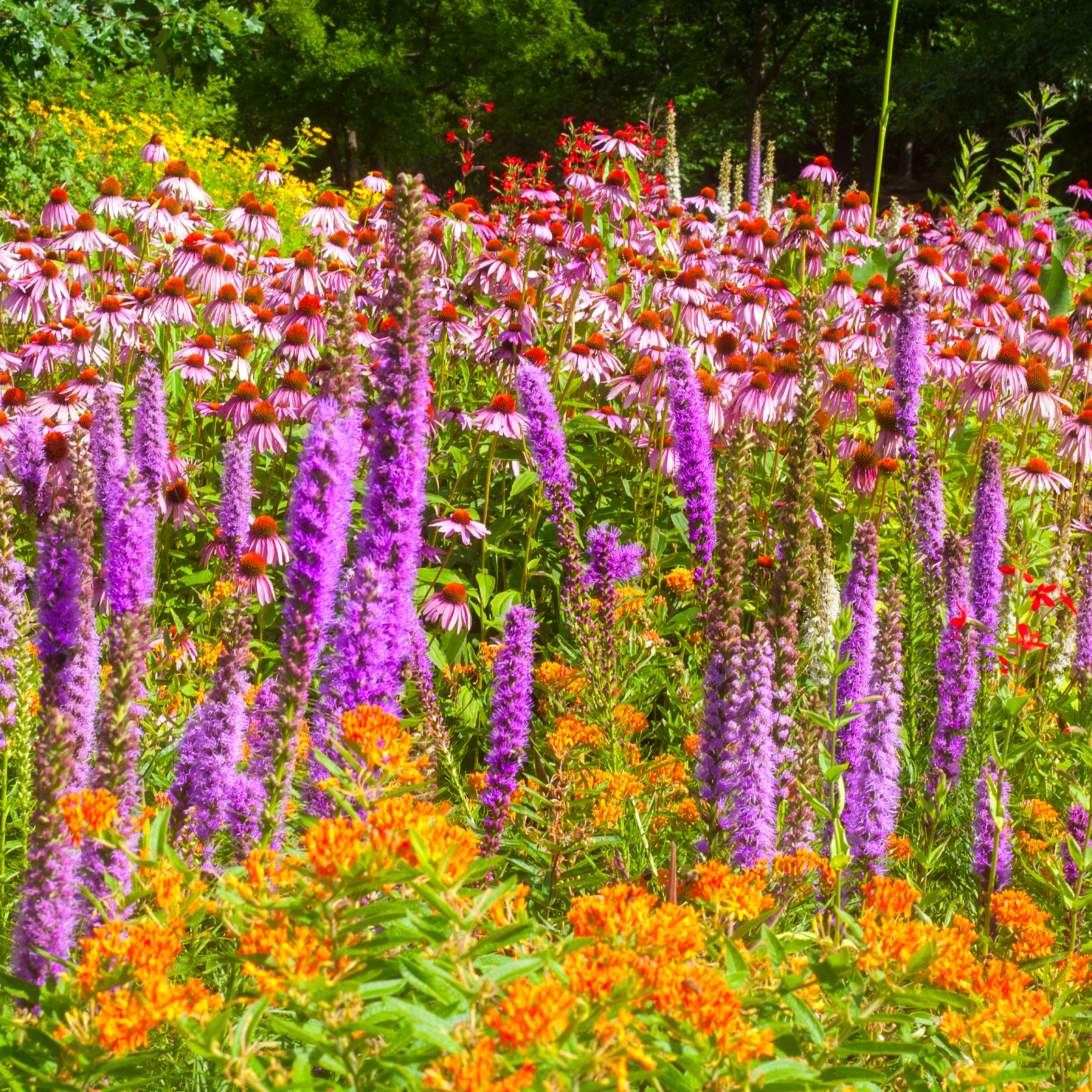 10 Knockout Native Flowers To Add A Punch Of Color To Your Garden
10 Knockout Native Flowers To Add A Punch Of Color To Your GardenGrowing native is the way to go. See our list of ten native wildflowers that will knock you out with color.
By Amy Grant
-
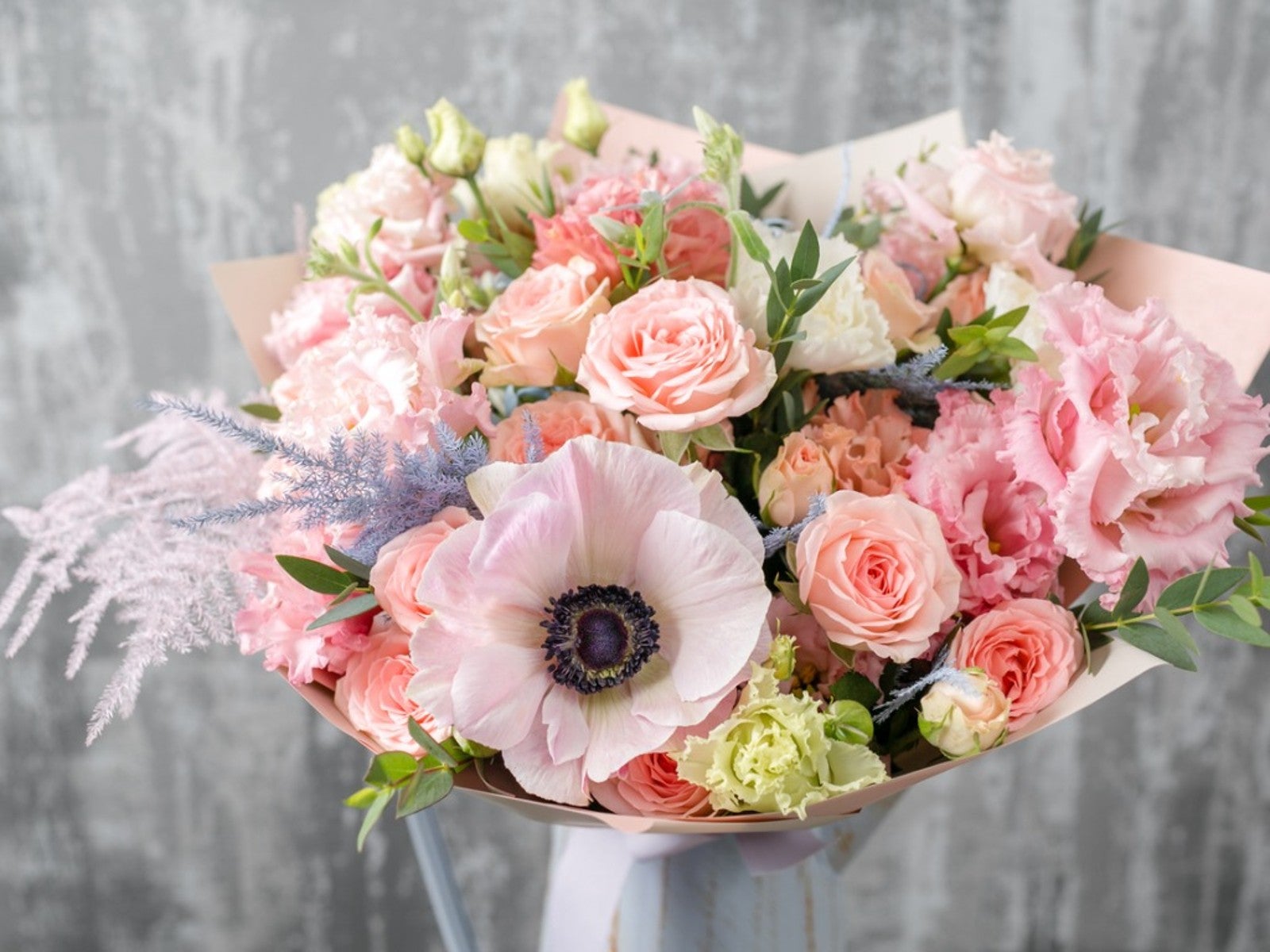 Pretty Plants For A Pastel Flower Bouquet
Pretty Plants For A Pastel Flower BouquetRoses aren’t the only romantic flower. Some romantic pastel flowers can fill in beautifully.
By Tonya Barnett
-
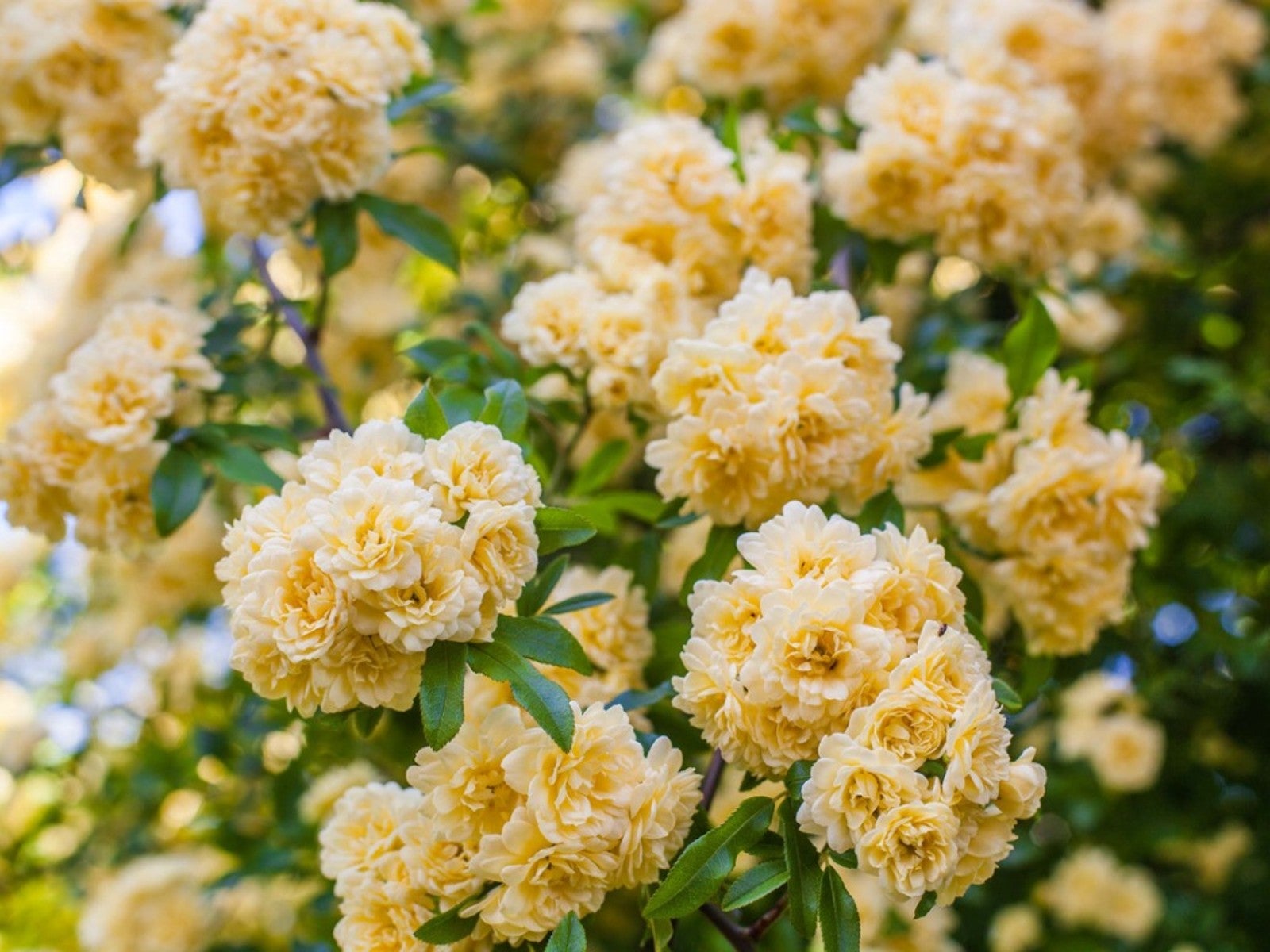 Soft Yellow Plants For A Sunny Pastel Garden
Soft Yellow Plants For A Sunny Pastel GardenClick here for ideas on some pale yellow flower varieties for pastel garden designs.
By Tonya Barnett
-
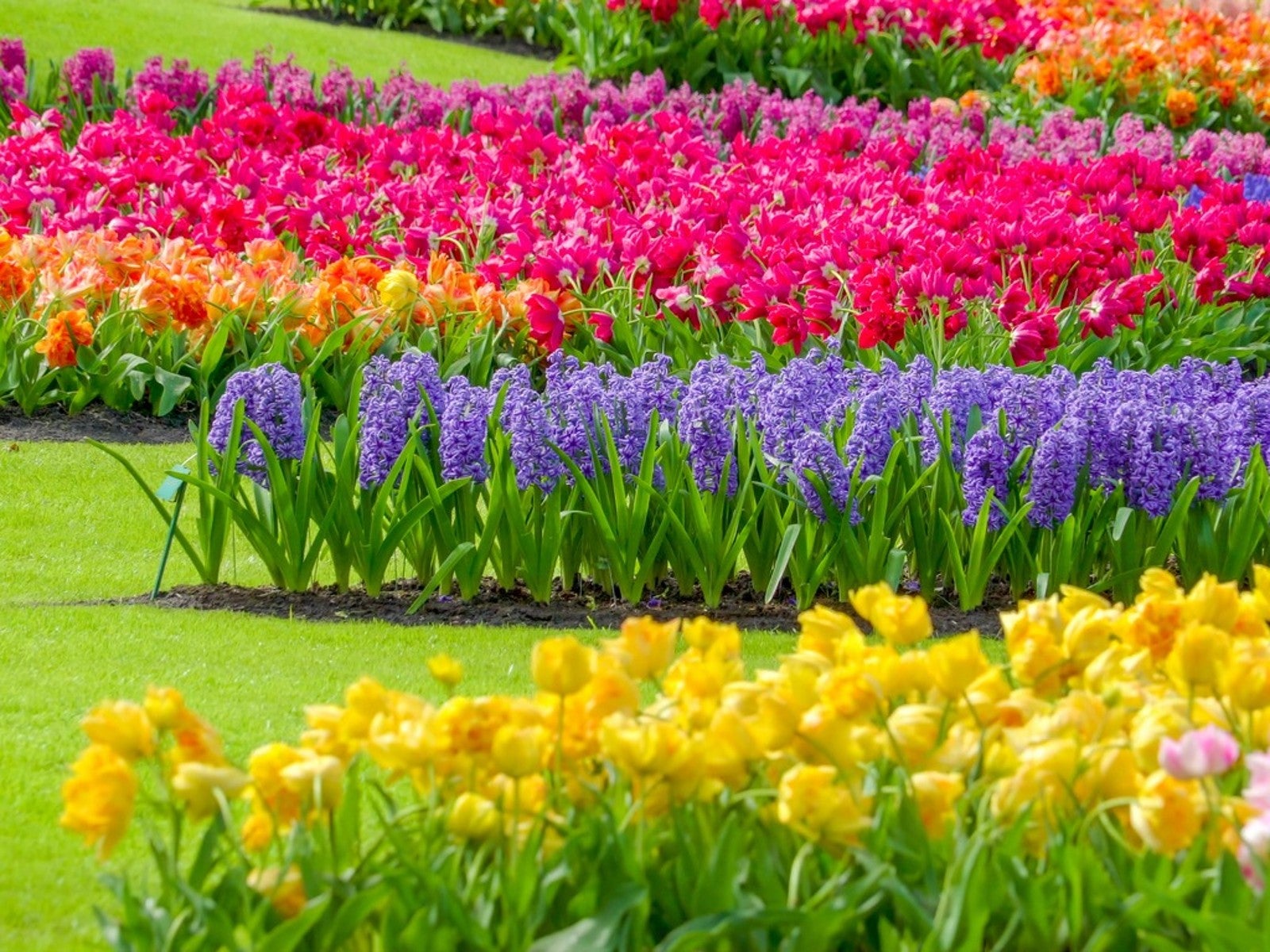 Most Common Flower Color In The World
Most Common Flower Color In The WorldWhat are the most common and least common flower colors in the world? Click here to find out.
By Mary Ellen Ellis
-
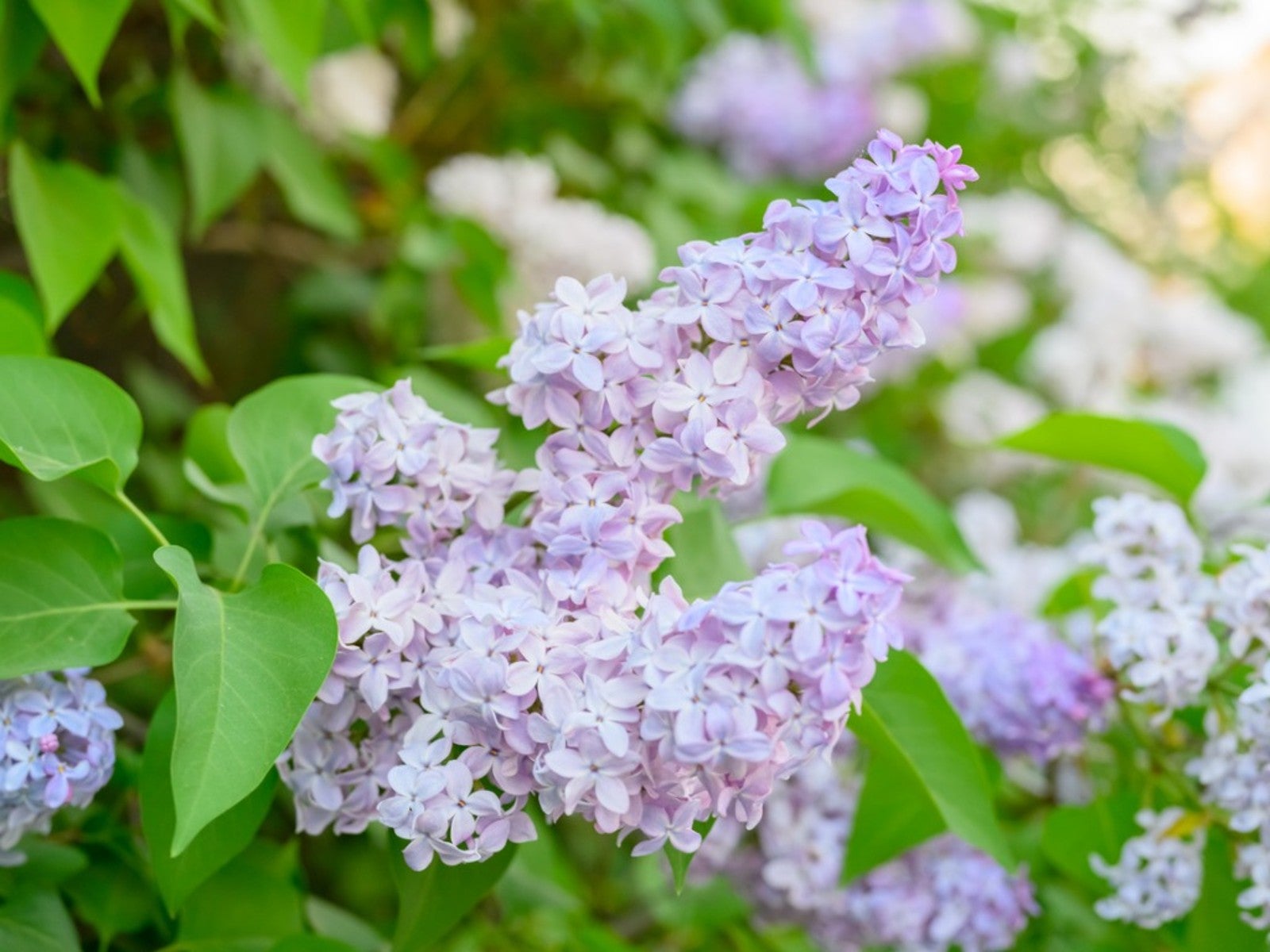 Pastel Plants For A Lovely, Light Purple Flower Garden
Pastel Plants For A Lovely, Light Purple Flower GardenClick here for ideas on some light purple plants for a pretty, pastel garden display.
By Tonya Barnett
-
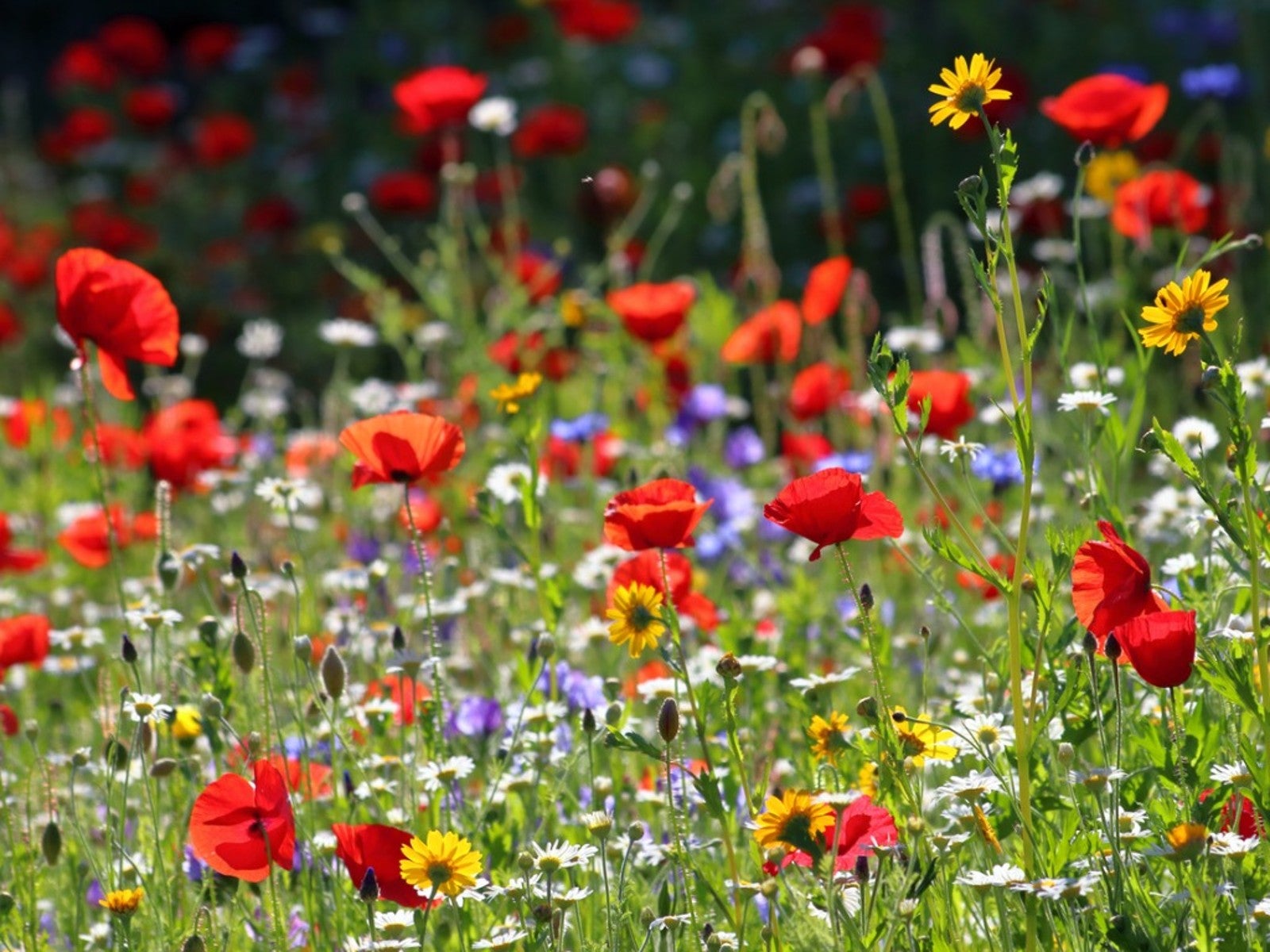 Plant Wildflower Seeds In Fall for A Stunning Spring Display
Plant Wildflower Seeds In Fall for A Stunning Spring DisplayCan you plant wildflower seeds in fall? What makes fall the best time to sow wildflower seeds? Click here for more.
By Tonya Barnett